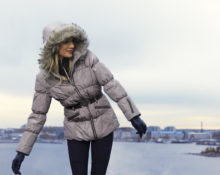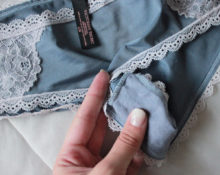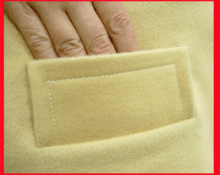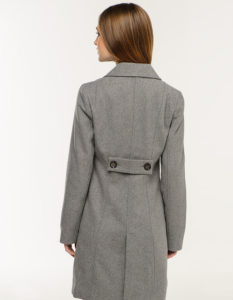 Modern clothing has moved far from its distant predecessors and has acquired many details, the purpose of which is not always clear. One of these is the whip.
Modern clothing has moved far from its distant predecessors and has acquired many details, the purpose of which is not always clear. One of these is the whip.
What is a whip and what does it look like?
By this detail we mean a part of the clothing structure in the form of a narrow strip attached to massive buttons. It also happens:
- sewn without buttons;
- consisting of two strips fastened with a buckle.
This element came from military uniforms - to this day it can be seen on overcoats. Most often, the tab flaunts on the back near the waist, but sometimes it adorns sleeves, pockets, and the collar area.
Introduced at the end of the 18th century, the overcoat did not remain exclusively military clothing for long. Already in the 19th century, the ability of cloth clothing to keep you warm was adopted by the creators of uniforms for a wide variety of categories of the population: high school students and students, firefighters and government officials put on overcoats of different colors.
In the twentieth century, the detail began to decorate coats, raincoats and jackets - men's, women's and even children's.
REFERENCE. The year 1951 was marked by another innovation in the field of fashion: Christian Dior, demonstrating his autumn collection in Paris, brought a model to the catwalk wearing a coat with a shoulder-to-shoulder tab.
This opened the way for other design experiments: fashion designers began to use parts wherever they could be fixed. Less and less often was it the “traditional” waist!
Why do you need a strap?
There have always been two requirements for military uniforms, which must be strictly observed:
- strict fit;
- functionality.
The strap helped to successfully cope with both: the notorious military bearing is emphasized by the design of the overcoat, the “extra” fabric of which is folded on the back in neat folds, and a strip attached to the belt deftly grabs them. The figure becomes dignified and slender, providing a brave appearance to a soldier or officer.
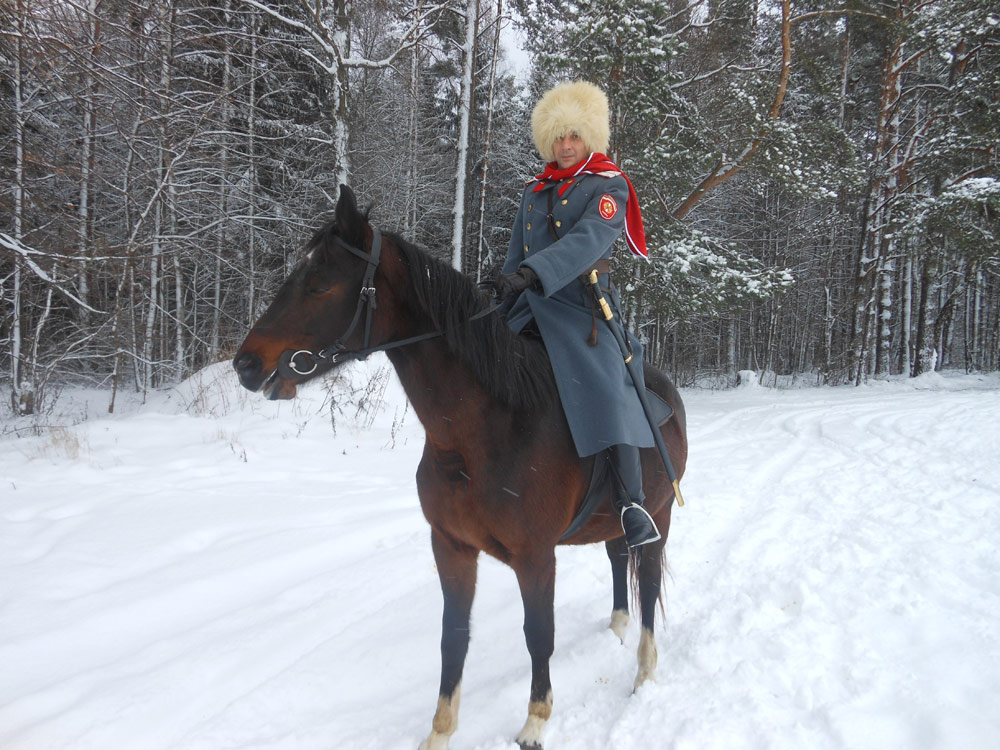 But it was not just a matter of appearance: the element helped make the overcoat multifunctional. By unfastening this part, it was possible to obtain a cloak from the outer uniform, and the cavalryman, whose overcoat was longer than that of the infantryman, in case of bad weather, covered not only himself, but also the horse with the freed fabric. She took over the overcoat and the functions of a blanket.
But it was not just a matter of appearance: the element helped make the overcoat multifunctional. By unfastening this part, it was possible to obtain a cloak from the outer uniform, and the cavalryman, whose overcoat was longer than that of the infantryman, in case of bad weather, covered not only himself, but also the horse with the freed fabric. She took over the overcoat and the functions of a blanket.
The strap also supported the soldier's belt, onto which bandoliers and bayonet knives were attached. They also used it to fasten the coat tails when there was a risk of getting them wet, for example, when wading a river. Finally, there were non-statutory forms of relations with the belt - its reverse side was suitable for polishing the belt plate.
INTERESTING. Those who served in the Soviet army can tell a lot about the “strap disease”: the part fastened with buttons often disappeared.
Therefore, there was a tradition of unfastening an item that often went missing, leaving the overcoat unattended, and hiding it in the tablet - a spare one was often kept there!
Why is it needed now? Exclusively for beauty! Processing the strap is a real headache for a seamstress, but the result deserves it - a catchy detail will diversify the most “boring” model, while at the same time adding slenderness to the silhouette.


 0
0